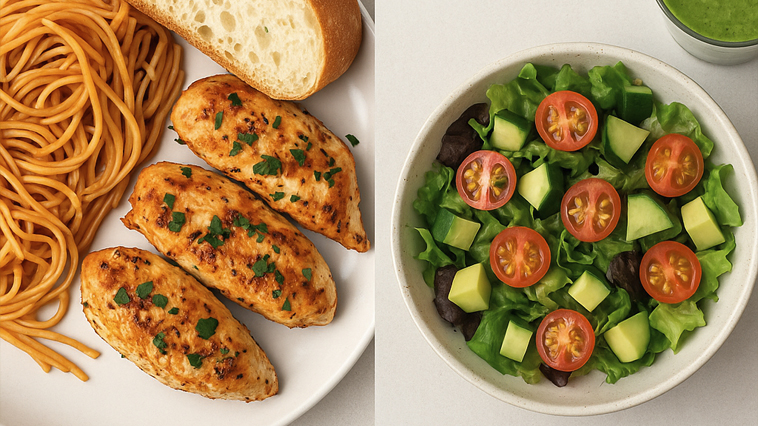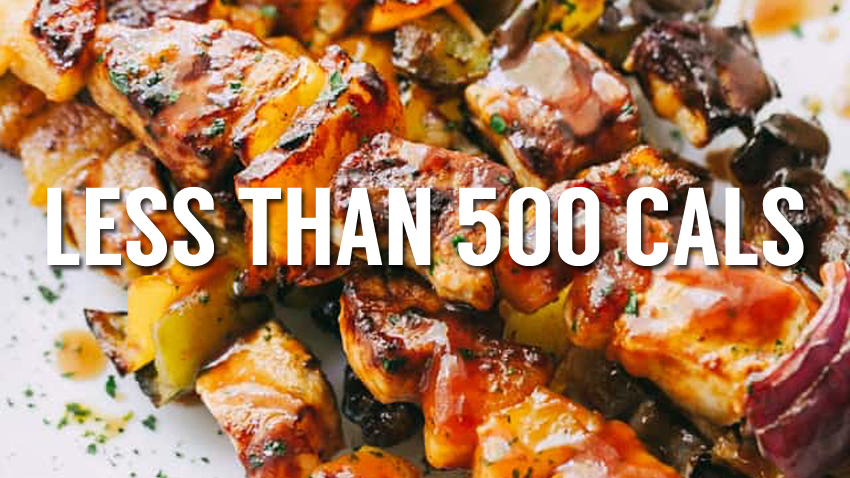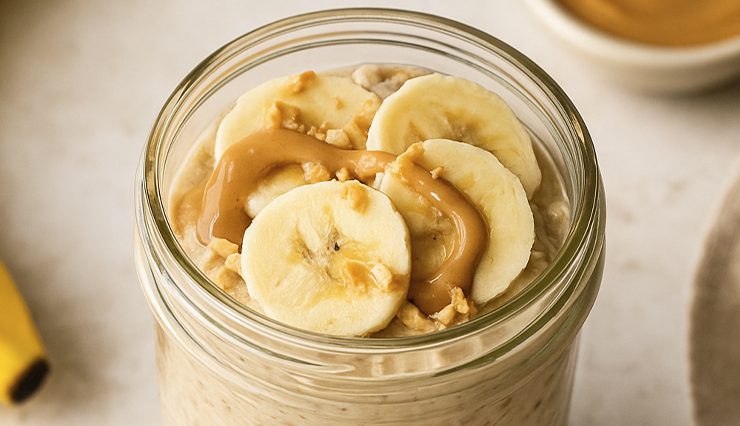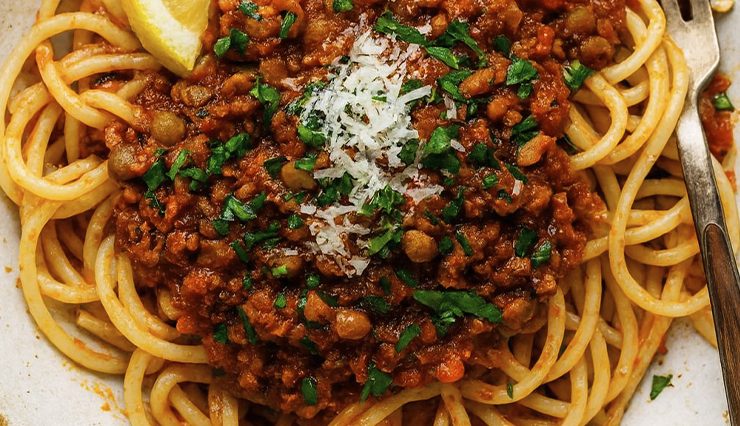Intermittent Fasting Schedule for Weight Loss (Best 2025 Guide)

Trimmed&Toned Team.
Intermittent fasting (IF) isn’t a trendy fad—it’s a time-tested, science-backed method of managing your weight and improving overall health. What makes it especially appealing is its simplicity. Instead of focusing on what you eat, intermittent fasting focuses on when you eat.
In this guide, you’ll discover how intermittent fasting works, why so many people swear by it, the most popular fasting schedules, example meal plans, and the potential benefits for weight loss, energy, digestion, and more.
What Is Intermittent Fasting?
Intermittent fasting is a pattern of eating that cycles between periods of eating and fasting. Rather than telling you which foods to eat, it sets specific time windows when you can eat.
During the fasting period, you avoid calories but may still drink water, black coffee, or unsweetened tea. This gives your digestive system a break and helps your body shift into fat-burning mode.
It doesn’t require calorie counting or cutting out entire food groups.
It’s flexible and can fit around your lifestyle or work schedule.

Why Is It So Popular?
People love intermittent fasting because it’s sustainable and doesn’t feel overly restrictive. Here’s why it works for so many:
- Helps naturally reduce calorie intake without tracking everything
- Encourages mindful, intentional eating
- Supports fat loss while preserving lean muscle
- Improves insulin sensitivity and blood sugar control
- Can improve digestion, reduce bloating, and boost energy
Many also report better mental clarity, fewer cravings, and improved relationship with food.
How Intermittent Fasting Supports Weight Loss
Intermittent fasting supports weight loss in several key ways:
- Caloric restriction: Most people naturally eat less when shortening their eating window.
- Hormonal changes: Fasting helps lower insulin levels and increase norepinephrine, which enhances fat burning.
- Improved metabolism: Some studies suggest intermittent fasting can increase resting energy expenditure.
(PubMed.)
A review published in the New England Journal of Medicine notes IF may also reduce inflammation, improve blood pressure, and enhance cardiovascular health (NEJM).
Popular Intermittent Fasting Schedules
There’s no one-size-fits-all approach. The best fasting window is the one that fits your lifestyle. Here are the most common schedules:
The 16:8 Method
Fast for 16 hours, eat during an 8-hour window
Popular example: Eat from 12pm–8pm, fast from 8pm–12pm the next day
Great for beginners and very sustainable.
The 14:10 Method
Fast for 14 hours, eat during a 10-hour window
More gentle than 16:8, often used by women or first-timers
The 5:2 Diet
Eat normally 5 days per week
For 2 non-consecutive days, reduce calories to around 500–600
This version still allows daily meals but introduces a caloric deficit on fasting days.
Alternate-Day Fasting
Fast every other day (some allow up to 500 calories on fasting days)
Can be intense and hard to maintain, but effective for some
OMAD (One Meal A Day)
24-hour fast with one large meal per day
Typically used by more advanced intermittent fasters
Example Intermittent Fasting Meal Plans
Let’s walk through three common fasting schedules with realistic, balanced meals. These meal plans focus on whole foods, high-quality protein, healthy fats, fiber, and hydration.
16:8 Example (Eating window: 12:00 PM – 8:00 PM):
12:00 PM (Break-Fast): Scrambled eggs with spinach, avocado toast, and cherry tomatoes
3:30 PM (Snack): Greek yogurt with blueberries and chia seeds
7:00 PM (Dinner): Grilled salmon, quinoa, and roasted Brussels sprouts
14:10 Example (Eating window: 10:00 AM – 8:00 PM)
10:00 AM: Overnight oats made with almond milk, almond butter, and banana
1:00 PM: Chicken wrap with hummus, spinach, and bell peppers, fruit platter, smoothie
5:30 PM: Stir-fried tofu with mixed vegetables and brown rice.
OMAD Example (One Meal A Day, around 6:00 PM)
6:00 PM: Very large bowl with roasted chicken breast, sweet potato, rice, sautéed kale, olive oil drizzle, lentils, a side of fruit salad and a protein smoothie.
Optional: Black coffee or green tea earlier in the day to manage hunger and stay alert
Tips to Succeed with Intermittent Fasting
- Start slow—try 12:12 or 14:10 before jumping to 16:8
- Stay hydrated—drink water, black coffee, or herbal tea during fasting
- Break your fast with protein and fiber-rich meals
- Don’t binge—stick to portion-controlled, whole-food meals
- Be consistent—your body adapts better with regularity
Who Should Be Cautious?
Intermittent fasting isn’t for everyone. You should speak with a healthcare provider before starting, especially if you:
- Have a history of disordered eating
- Are pregnant or breastfeeding
- Have diabetes or take blood sugar-lowering medication
- Are underweight or have high activity demands
Final Thoughts
Intermittent fasting is more than just a weight loss tool—it’s a lifestyle strategy that can support your energy, focus, digestion, and long-term health. With various schedules to choose from, you can find an approach that works with your body and routine.
It’s not about restriction—it’s about rhythm. When paired with nutritious meals and consistency, intermittent fasting can be an empowering and sustainable way to lose fat and feel great.
Reminder: Always consult a medical professional before beginning any new fasting protocol, especially if you have underlying health conditions.
Trimmed&Toned Team.














